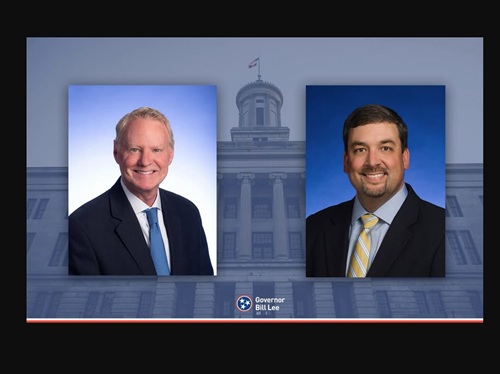The governors of Mississippi, Wisconsin, and Alaska recently proposed making major investments in a range of transportation projects, from roads and bridges to electric vehicles and marine highway improvements.
[Above photo by the Mississippi DOT]
Governor Tate Reeves (R) recently proposed to invest $1.3 billion in new infrastructure coupled with $57 million in site development efforts to entice more high-paying jobs from businesses to relocate in Mississippi.

That $1.3 billion includes an extra $100 million for the state’s Emergency Road and Bridge Repair Program, which all 300 municipalities and 82 counties statewide can apply for.
“To better position our state for further economic growth, we need to invest in our state’s roads and increase the number of project-ready sites across Mississippi,” the governor noted in a statement.
“These investments will go an incredibly long way toward giving Mississippi the competitive advantage it needs to land more economic development projects and deliver more high-quality, high-paying jobs for Mississippians,” he said.

[Editor’s note: Gov. Reeves recently discussed how transportation systems and economic growth tie together on an episode of ‘The Extra Mile’ podcast produced by the Mississippi Department of Transportation.]
“There is no better use for the one-time money our state currently has than investing in a core function of government – our state’s public infrastructure,” noted Brad White, Mississippi DOT executive director, in a separate statement.
“Should the [state] legislature provide supplemental dollars [to Mississippi DOT] again, we will be better equipped to enhance our transportation system on a statewide level from the standpoints of safety, mobility, and economic development for both the immediate future and generations to come,” he said.
Meanwhile, Governor Tony Evers (D) touted a range of what he called “key infrastructure initiatives” for Wisconsin as part of his 2023-2025 budget proposal – including funding to expand access to high-speed internet as well as continuing to improve the state’s roads, highways, and bridges.

“Part of ensuring our infrastructure is ready for a 21st century workforce and economy is building upon our work over the last four years to improve over 5,800 miles of roads and nearly 1,600 bridges,” he said in a statement. “I’m also proposing the highest level of funding ever into aid that goes directly toward helping local counties and communities repair and maintain our roads to do just that.”
That also includes investments to build out electric vehicle charging infrastructure, prevent reckless driving, and bolster supply chain channels while also using a portion of the state’s surplus to pay down $380 million state debt in transportation revenue bonds.
“This action will ensure the state is spending less taxpayer dollars in the future paying on debt and interest to continue focusing resources on road improvement and maintenance,” he added.
Finally, Alaska Governor Mike Dunleavy (R) has introduced a $117 million general fund proposal as part of a package of budget amendments that includes a new mix of funding sources for the Alaska Marine Highway System or AMHS.

The AMHS serves 35 communities in Alaska and transports goods, vehicles and passengers between communities. The ocean highway also links coastal communities to Alaska’s highway and rail network.
In a statement, Gov. Dunleavy said his administration proposes to use three sources to match federal AMHS funding: Using state funds to match federal grants related to building new vessels with money in the vessel replacement fund; matching AMHS operating costs with existing revenues; and matching AMHS capital projects with a toll credit system in federal law.
That funding source expansion is part of a plan unveiled by the governor and Ryan Anderson, commissioner for the Alaska Department of Transportation and Public Facilities, in December 2021 to “re-energize” the AMHS.
That plan includes the purchase of an ocean-class vessel to replace the 57-year-old Tustumena or “Tusty” ferry – a vessel that could cost between $200 million and $250 million. The new ferry – expected to begin service in 2027 – would feature 40 percent more capacity compared to the Tustumena, being able to carry up to 52 vehicles and 250 passengers.
 States
States


